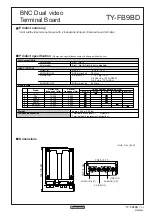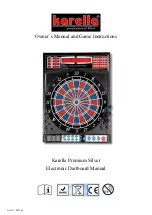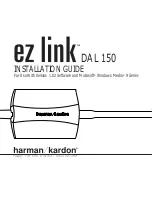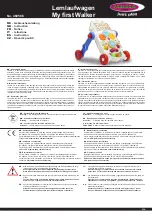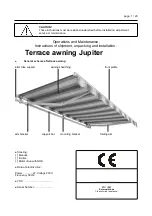
59
Most flash/strobe units are suitable for use with the CF, with some combinations offering TTL. Check
the chart further on in this chapter to find the specific combination you intend to use.
Pay particular attention when using studio flash/strobe units and tethered to a stationary compu-
ter as this cable configuration guards against both personal injury and damage to equipment.
Portable units
All Hasselblad 500 series and SWC series cameras use the regular PC contact on the lens
for flash sync. 200 series models, FlexBody ArcBody and view cameras require other
configurations (see chart).
Studio flash/strobe units and tethered to a desktop computer
If the CF is tethered to a computer that is connected to a regular electricity supply system
as well as a studio flash/strobe unit that is also connected to a regular electricity supply
system/generator system, then make the following connections instead. For your own safety
and to protect the electronics in the digital back, please ensure you do this correctly.
a) Connect the
flash input sync cable
from the sync contact (PC connector) on the lens
to the
flash sync IN terminal
on the back.
b) Connect the
flash output sync cable
from the
flash sync OUT terminal
on the back
to a regular flash/strobe sync cable that is connected to the unit.
TTL function – (503CW only)
The reflective characteristics of the digital sensor are different to film surface charac-
teristics for which the TTL function was originally designed. However, by changing (in
effect, ‘tricking’) the setting, TTL exposures can be made. Proceed as follows:
Move the ISO selector on the 503CW so that is becomes approximately 1⅔ f/stop higher
than the ISO setting on the digital back. Therefore, for example, when the back is set at
50 ISO, the ‘film speed setting’ on the camera should read 160 ISO, and so on. Testing
for the most suitable compensation that suits you is recommended.
Flash / Strobe
A CF digital back can be used together with
most studio or portable units.
The Hasselblad 503CW and 200 series cam-
eras also offer a TTL function if required.
9
Summary of Contents for CF DIGITAL CAMERA BACK RANGE
Page 1: ...User Manual Hasselblad CF Digital Camera Back Range ...
Page 32: ...32 Menu structure Items on the main menu ...
Page 68: ...Addendum V2 to User Manuals 2007 H1 H1D H2 H2D H3D 503CWD CFV CF 2007 09 20 V2 ...
Page 74: ...Software Reference FlexColor 4 0 for Camera Backs by Hasselblad Imacon ...
Page 85: ...Software Reference FlexColor 4 0 for Camera Backs Introduction 12 ...
Page 93: ...Software Reference FlexColor 4 0 for Camera Backs FlexColor Menus 20 ...
Page 127: ...Software Reference FlexColor 4 0 for Camera Backs The Preferences Window 54 ...
Page 133: ...Software Reference FlexColor 4 0 for Camera Backs FlexColor ICC Profiles 60 ...
Page 143: ...Software Reference FlexColor 4 0 for Camera Backs The Thumbnails Window 70 ...
Page 155: ...Software Reference FlexColor 4 0 for Camera Backs The Exposure Window 82 ...
Page 159: ...Software Reference FlexColor 4 0 for Camera Backs Active and Reload Buttons 86 ...
Page 165: ...Software Reference FlexColor 4 0 for Camera Backs The Gradations Window 92 ...
Page 177: ...Software Reference FlexColor 4 0 for Camera Backs The Texture Window 104 ...
Page 183: ...Software Reference FlexColor 4 0 for Camera Backs The Live Video Window 110 ...
Page 185: ...Software Reference FlexColor 4 0 for Camera Backs The Tasks Window 112 ...
Page 189: ...Software Reference FlexColor 4 0 for Camera Backs Appendix 116 Keyboard Shortcuts ...

































